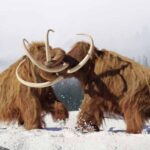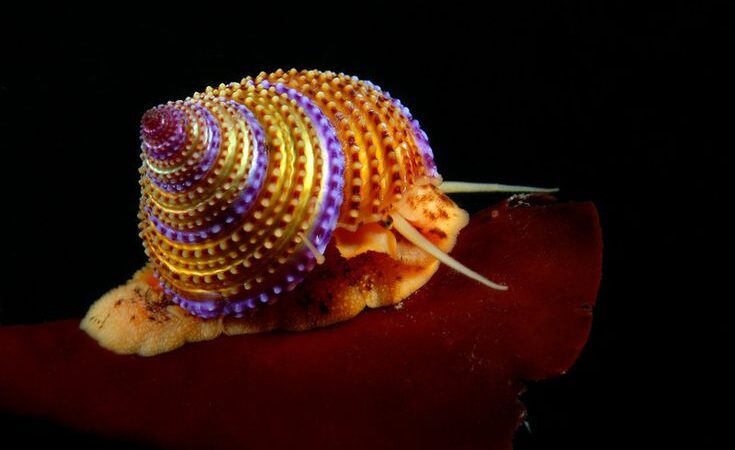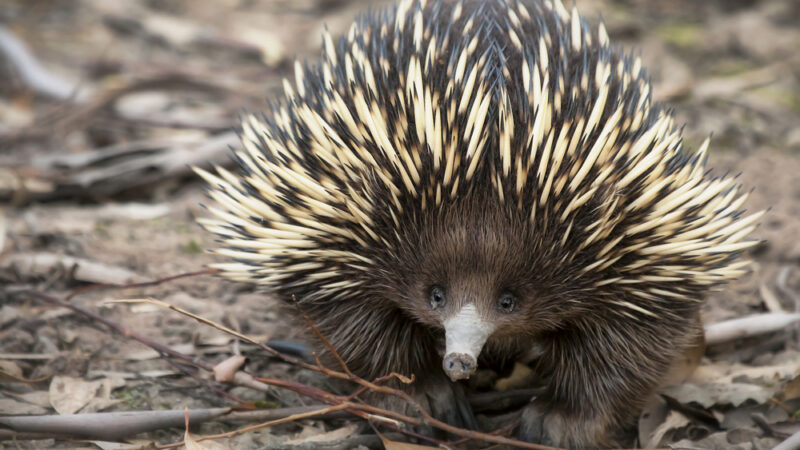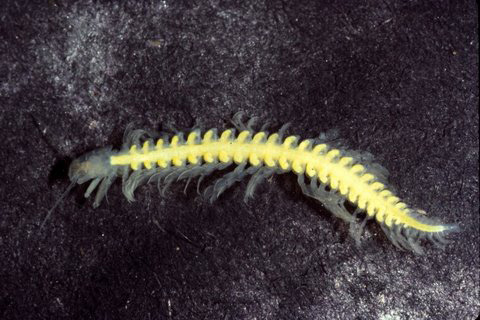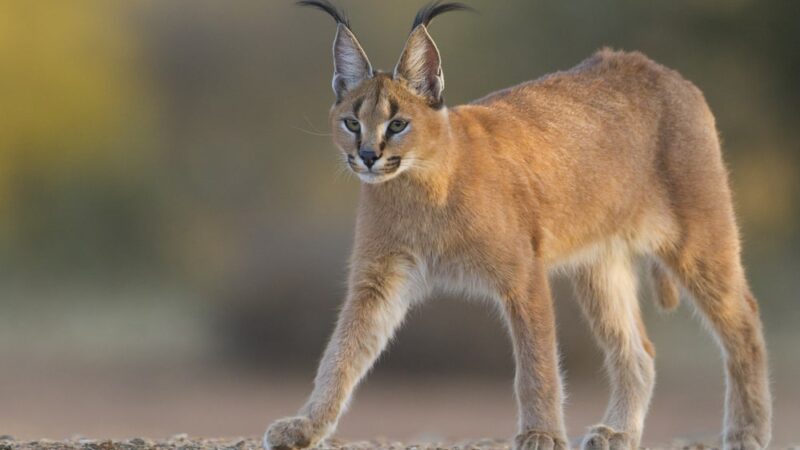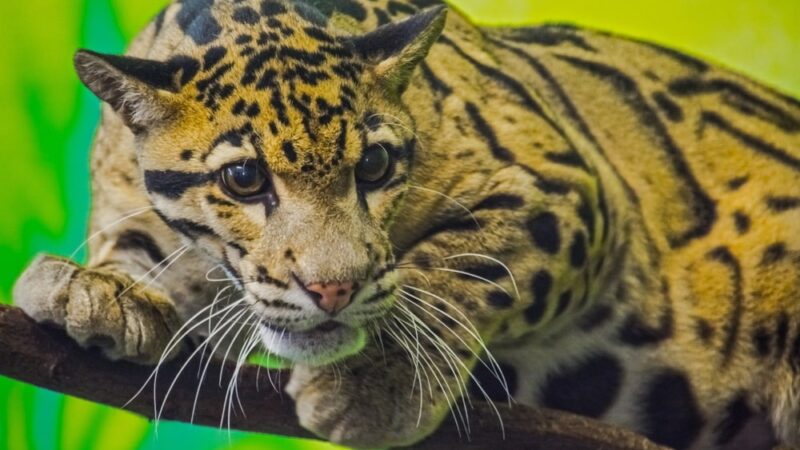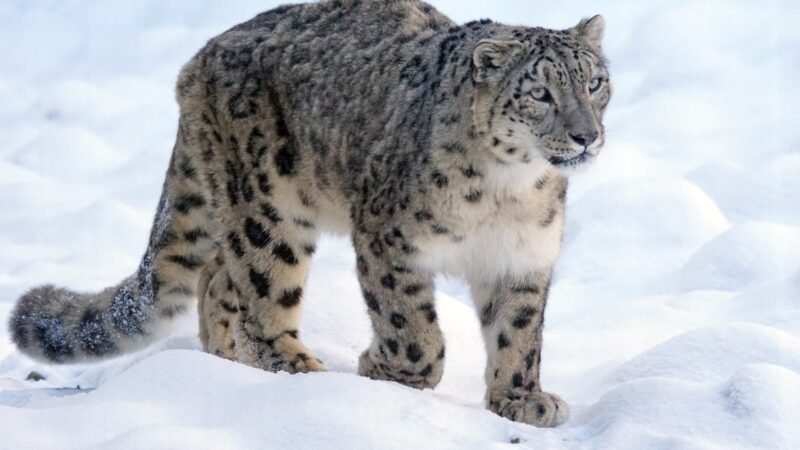Woolly Mammoth
Shelter for Animal | Woolly Mammoth | Could the mammoths be brought back to life? Have you ever wondered about the possibility of bringing extinct species back to life? It sounds impossible, but thanks to groundbreaking advancements in gene editing technology, it might not be as far-fetched as you think. That’s why in today’s video we’re going to dive into the process of de-extinction and explore the potential of reviving one of the Earth’s most ionic creatures, the Woolly Mammoth, so without further delay, let’s begin cloning.
The Woolly Mammoths cloning
Cloning, a technique that involves creating an identical genetic copy of an individual, actually offers a potential pathway for bringing back the woolly mammoth. Obtaining viable DNA from woolly mammoth specimens is the first hurdle. Fortunately, the permafrost, a permanently frozen layer of ground in the Arctic, has preserved OB-ered DNA fragments from these ancient creatures. Scientists have successfully extracted and sequenced DNA from mammoth hair, skin, and even bone marrow.
However, the DNA retrieved from woolly mammoth remains is often incomplete and fragmented due to the effects of time and the harsh environment. Scientists are working on techniques to fill in the gaps in the DNA sequence, either by using DNA from closely related species like the Asian elephant or by employing computational methods to predict the missing nucleotides. Once a complete or near-complete woolly mammoth genome is available, it needs to be inserted into the nucleus of an elephant cell.
This process, known as somatic cell nuclear transfer, involves removing the nucleus from an elephant egg cell and replacing it with the woolly mammoth nucleus. The modified elephant egg cell is then implanted into a surrogate elephant mother, where it undergoes development and gestation. However, the success rate of scnt in elephants is currently low, and there is no guarantee that the implanted embryo will develop into a healthy woolly mammoth calf.
Despite this hurdle, scientists are actively working on methods to improve DNA repair and cloning techniques with the aim of overcoming the obstacles that stand in the way of resurrecting the woolly mammoth. If you aren’t a firm believer in the technology behind cloning, let’s look at a prominent example from history. Dolly is the name of a sheep that was the first mammal to be successfully cloned from an adult cell. She was born on July 5, 1996, at the Rosin Institute.
In Scotland, Dolly was cloned using the same process that scientists will use to revive the Wolly Mammoth, but she wasn’t the only one: Wilbur the calf, Kaguya the mouse, SN the Afghan hound, and Arcadia the horse. These were all animals from different species cloned using this technique. This means that everything depends on the quality of the DNA sequence gene.
Gene Therapy
therapy the approach of gene therapy aims to inject woolly mammoth DNA into the Genome of an elephant imbuing it with the characteristic traits of the extinct species in the case of bringing back the woly mammoth scientists would aim to insert DNA sequences responsible for traits like thick fur tusks and adaptations to cold temperatures in the elephant’s genome this process known as genome editing relies on sophisticated techniques like crisper cast 9 which is both a mouthful and very useful as it allows precise alterations to the genetic code.
While advancements in paleogenomics have actually enabled the sequen of ancient genomes including that of the woolly mammoth deciphering the function of individual genes Still It remains a relatively complex task. Additionally, understanding the intricate relationships of genes in determining an organism’s defining traits is crucial for successful genetic engineering. Assuming the successful identification of relevant woolly mammoth DNA sequences, the next hurdle involves inserting them into the elephant’s genome without disrupting the elephant’s own genetic identity.
This process must be extremely precise and controlled to avoid unintended consequences, such as disrupting essential genes or introducing genetic instability. Moreover, the efficiency of gene delivery and expression in elephants needs to be optimized to ensure that the woolly mammoth DNA sequences are effectively utilized. Even if successful gene therapy could impart some woolly mammoth traits to an elephant, it is important to acknowledge that the resulting organism would not be an exact replica of the extinct species.
The elephant’s genetic makeup would still retain a significant portion of its own genetic heritage, leading to a hybrid with a blend of characteristics down the line. If several of these hybrid woolly mammoths were to breed with each other, the possibility of finally going back in time and bringing back the woolly mammoth as we knew it might become a good reality, but do not take our word for it. Colosseal Biosciences is a Dallas-based biotechnology company that has set a goal of using the aforementioned gene therapy technique to bring back the woolly mammoth.
This is because the woolly mammoth’s DNA is a 99.6% match to the Asian elephant, which leads Colosseal to believe it’s well on its way toward achieving its goal by 2027. That’s just 4 years from now, so you might see the woolly mammoth in your lifetime. What is even more interesting is that if Colossal is successful in reincarnating the woolly mammoth, they’ll get to work on bringing back the Tasmanian Tiger next. This is massive news for the deextinction of many different species that may get another shot at life ecologically.
Ecological Benefits
benefits Beyond the sheer appeal of bringing back an extinct species, there are actually some compelling arguments for the ecological and conservation advantages of reintroducing woolly mammoths to certain Arctic ecosystems. Woolly mammoths, a keystone species, played a pivotal role in maintaining the health and resilience of the Arctic tundra. Their habits of consuming grasses and shrubs helped to prevent soil erosion, promote nutrient cycling, and maintain the delicate balance of the tundra ecosystem.
Their absence has left a void in the Arctic landscape, contributing to the degradation of the tundra and the potential loss of biodiversity. Furthermore, their grazing could also create new habitats for other herbivores and provide forging opportunities for carnivores. Their trampling of snow could uncover vegetation for winter grazing. Reindeer and their dong could contribute to nutrient enrichment and soil
Economic Benefits
fertility and economic benefits The successful deextinction of this species could translate into tangible economic advantages for Arctic communities as well. One of the most immediate economic benefits of deextinction would stem from the surge in ecotourism. The opportunity to observe Willam mammoths in their natural habitat would undoubtedly draw visitors from around the globe, generating revenue for local businesses and communities.
Ecotourism focused on wildlife viewing has honestly proven to be a lucrative industry in various parts of the world. Just look at the introduction of pandas in American zoos. The return of the woolly mammoth could actually elevate Arctic tourism to new heights. Beyond ecotourism, the scientific advancements associated with de-extinction could lead to valuable economic opportunities. The potential educational opportunities presented by D Extinction also hold economic potential.
Field trips and educational programs centered on observing woolly mammoths could enhance environmental education and attract students from around the world. This could generate revenue for educational institutions and contribute to a more informed and engaged public regarding conservation issues.
Challenges for Woolly Mammoth
challenges The Woolly Mammoth lived in a very different time than today, so even if the reintroduction of these massive mammals is successful both scientifically and economically, they might still face some challenges. Adapting to the current world, habitat loss and fragmentation are two of the major threats to the woolly mammoth’s survival. These changes have reduced the available space for woolly mammoths to roam, making it difficult for them to find food and shelter.
The woolly mammoth’s adaptation to the frigid conditions of the Ice Age with its thick fur and cold tolerance would also not be sufficient in today’s warming climate. The Earth’s temperature has risen considerably since the Ice Age, and the Arctic is experiencing rapid changes, including melting permafrost and reintroducing The woolly mammoth entering the wild would inevitably bring it into contact with human populations, creating potential conflicts over resources and increasing the risk of human wildlife encounters and injuries.
The de-extinction process, whether through cloning or gene editing, could also introduce genetic imperfections or abnormalities into the resurrected woolly mammoth population. These genetic defects could compromise their health, reproductive success, and overall survival, making it difficult for them to thrive in the wild. In the end, we’ll bring the question to you: do you think the woolly mammoth can be brought back? Should it be brought back? Would it really be able to survive here in the modern world only if colossal biosciences is successful? We might have our answer very soon.
Reference: Wikipedia, Britannica, YouTube



